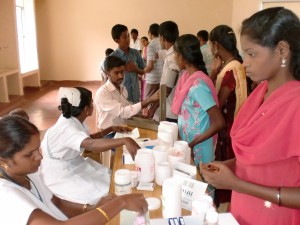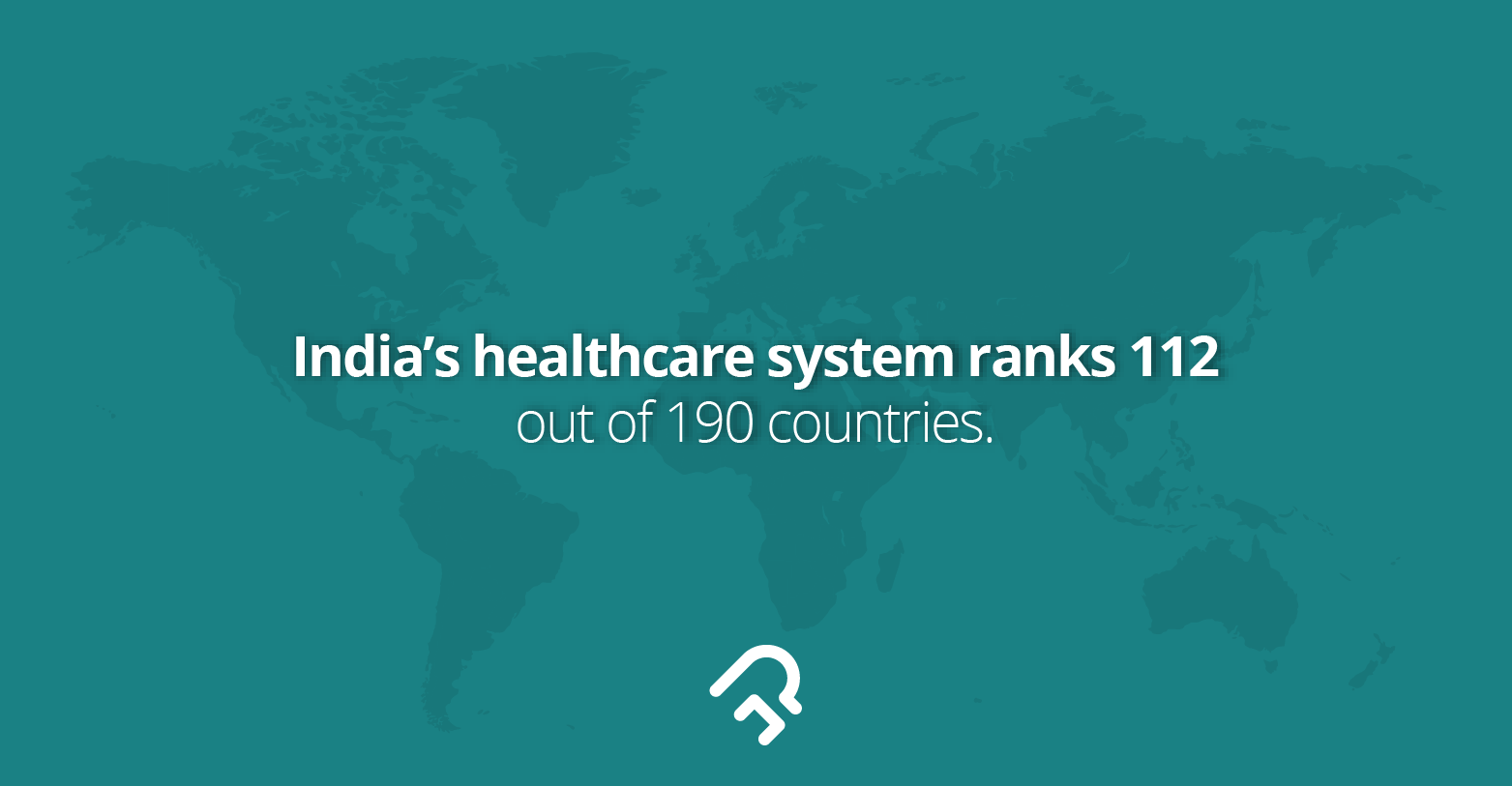Healthcare In India: Things You Must Know!
By Dhwani Jerajani +2 more

Download PharmEasy App




Register to Avail the Offer
Send OTPBy continuing, you agree with our Privacy Policy and Terms and Conditions
By Dhwani Jerajani +2 more

Source
With the World Health Organization’s 2000 World Health Report ranking India’s healthcare system at 112 out of 190 countries, some key questions should be: How should the country transform its healthcare system, What are its current pain points?For those living in urban areas, healthcare is merely a political issue. Slackness to care for rural India’s health can prove to be disastrous. India faces a growing need to fix its basic health concerns in the areas of HIV, malaria, tuberculosis and diarrhoea. Additionally, children under five are born underweight and roughly 7% (compared to 0.8% in the US) of them die before their fifth birthday. Sadly, only a small percentage of the population has access to quality sanitation, which further exacerbates some key concerns above.For primary healthcare, the Indian government spends only about 30% of the country’s total healthcare budget. This is just a fraction of what the US and the UK spend every year. One way to solve this problem is to address the infrastructure issue, by standardizing diagnostic procedures, building rural clinics and developing streamlined health IT systems and improving efficiency. The need for skilled medical graduates continues to grow, especially in rural areas, that fail to attract new graduates because of financial reasons. A sizeable percentage of the graduates also go abroad to pursue higher studies and employment.Table of Contents
 There is only one doctor per 1,700 citizens in India, the World Health Organisation (WHO) stipulates a minimum ratio of 1:1,000. While the Union Health Ministry figures claim that there are about 6-6.5 lakh doctors available, India would need about four lakh more by 2020-50,000 for PHCs; 0.8 lakh for community health centres (CHC); 1.1 lakh for 5,642 sub-centres and another 0.5 lakh for medical college hospitals.If the shortage of doctors is one problem, their unwillingness to work in the rural hinterland is another, creating artificial scarcity in the area and high concentration in another causing hardship for the rural poor people increasing the out-of-pocket expenditure.
There is only one doctor per 1,700 citizens in India, the World Health Organisation (WHO) stipulates a minimum ratio of 1:1,000. While the Union Health Ministry figures claim that there are about 6-6.5 lakh doctors available, India would need about four lakh more by 2020-50,000 for PHCs; 0.8 lakh for community health centres (CHC); 1.1 lakh for 5,642 sub-centres and another 0.5 lakh for medical college hospitals.If the shortage of doctors is one problem, their unwillingness to work in the rural hinterland is another, creating artificial scarcity in the area and high concentration in another causing hardship for the rural poor people increasing the out-of-pocket expenditure.
Source


Source
Links and product recommendations in the information provided here are advertisements of third-party products available on the website. PharmEasy does not make any representation on the accuracy or suitability of such products/services. Advertisements do not influence the editorial decisions or content. The information in this blog is subject to change without notice. The authors and administrators reserve the right to modify, add, or remove content without notification. It is your responsibility to review this disclaimer regularly for any changes.
Comments